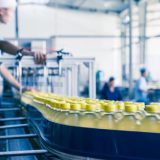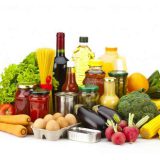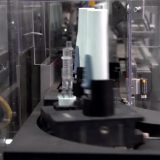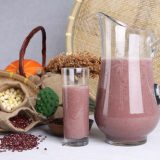The burden of food safety has for many years been placed on the consumers and how they handle and prepare the food. With the many products recalls it is evident that it begins at the processing plants and not just in consumer households.
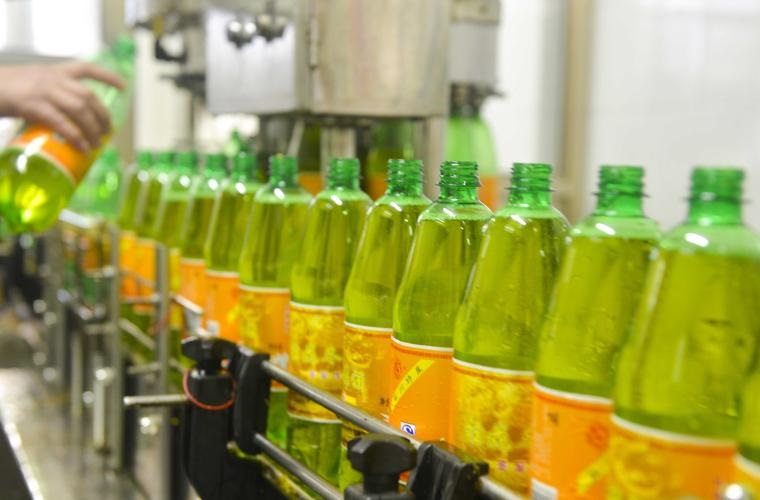
There are many avenues through that bacteria can get into food while still at the processing plants. The focus has moved from quality to quantity so as to get maximum production in the shortest time possible. Rules may indeed have been set by the different regulatory bodies like the FDA and USDA but people are still falling sick and even dying from bacteria in food every single year. The cost is now estimated to be $1 billion a year taken by lost wages and medical costs.
Different foods are comprised of different ingredients. If anything contaminated or at high risk of contamination is put in processed food then the chances of there being bacteria in the food are very high. Some meat processing plants try to get the most out of the animals while making ground beef. They get cheaper cuts that would be prone to direct contact with animal feces. Feces contain E. coli which is a harmful bacterium.
Some of these ingredients come from different providers to make one single product that is marketed by another company. As a result, tracing the origin of the bacteria may be difficult.
Getting more products on the shelves requires faster production. This also affects farming since commercial farms apply synthetic fertilizers, pesticides, and even antibiotics to ensure that the crops grow to optimal sizes in the shortest time possible.
Almost every aspect of the food industry including animal feeds, factories, and farm production of fruits and vegetables is exposed to all these chemicals which have been linked to poisoning, infertility, damage to the nervous system, and even cancer. Stainless steel ball valves are generally used in the meat and abattoir industry, fish canneries, salting systems, ready meal industry, and fruit and vegetable canneries.
Claims that the plastic bottles and tubs are contaminants have been refuted since the chemicals referred to (formaldehyde) are very little in amount and actually occur naturally in some fruits. However, another culprit has been identified (Bisphenol A or BPA) as a chemical substance that mimics the action of estrogen. This would potentially interfere with fertility and health in general.
BPA is used to make clear hard plastic items like baby bottles, plates, and tumblers. It has already been banned from baby bottles in the US and Europe and France will prohibit its use in food packaging as of 2019.
The sources of contamination are wide and varied which begs the question, food recalls may get the product off shelves but do they really address the actual cause of contamination?
For more information, please visit https://www.adamantvalves.com/
